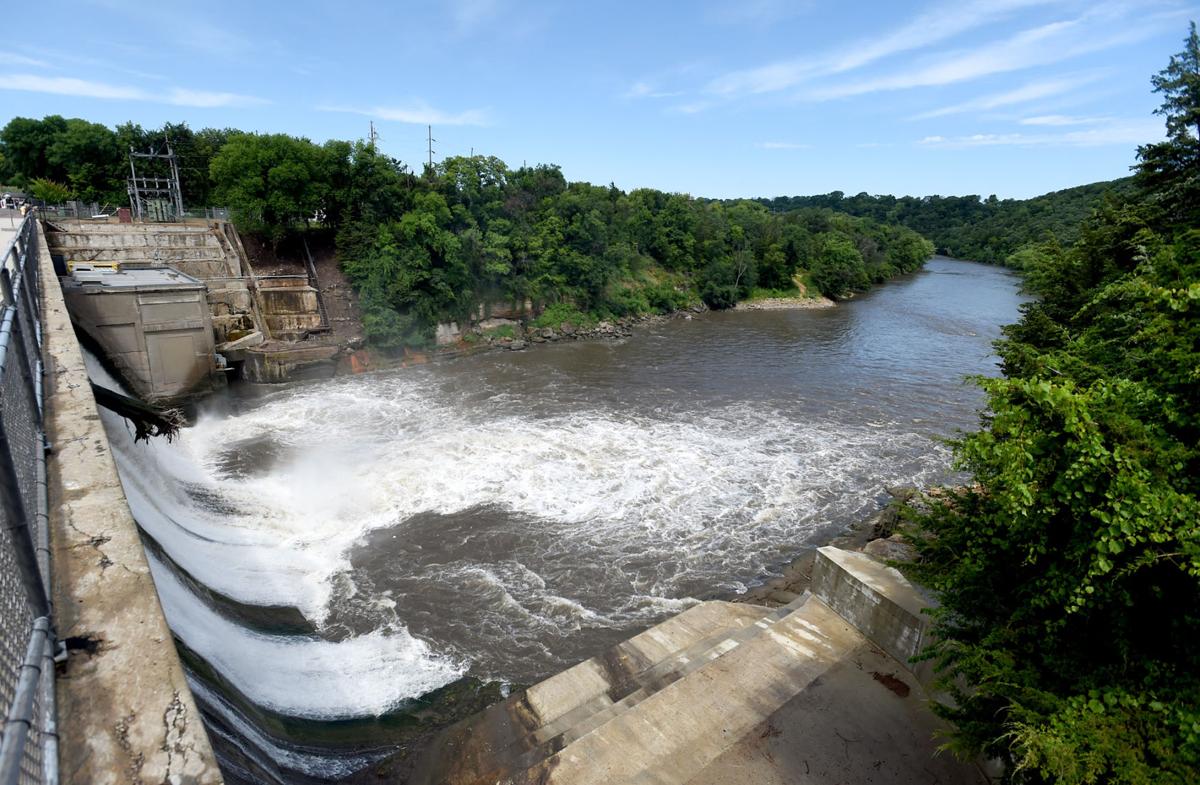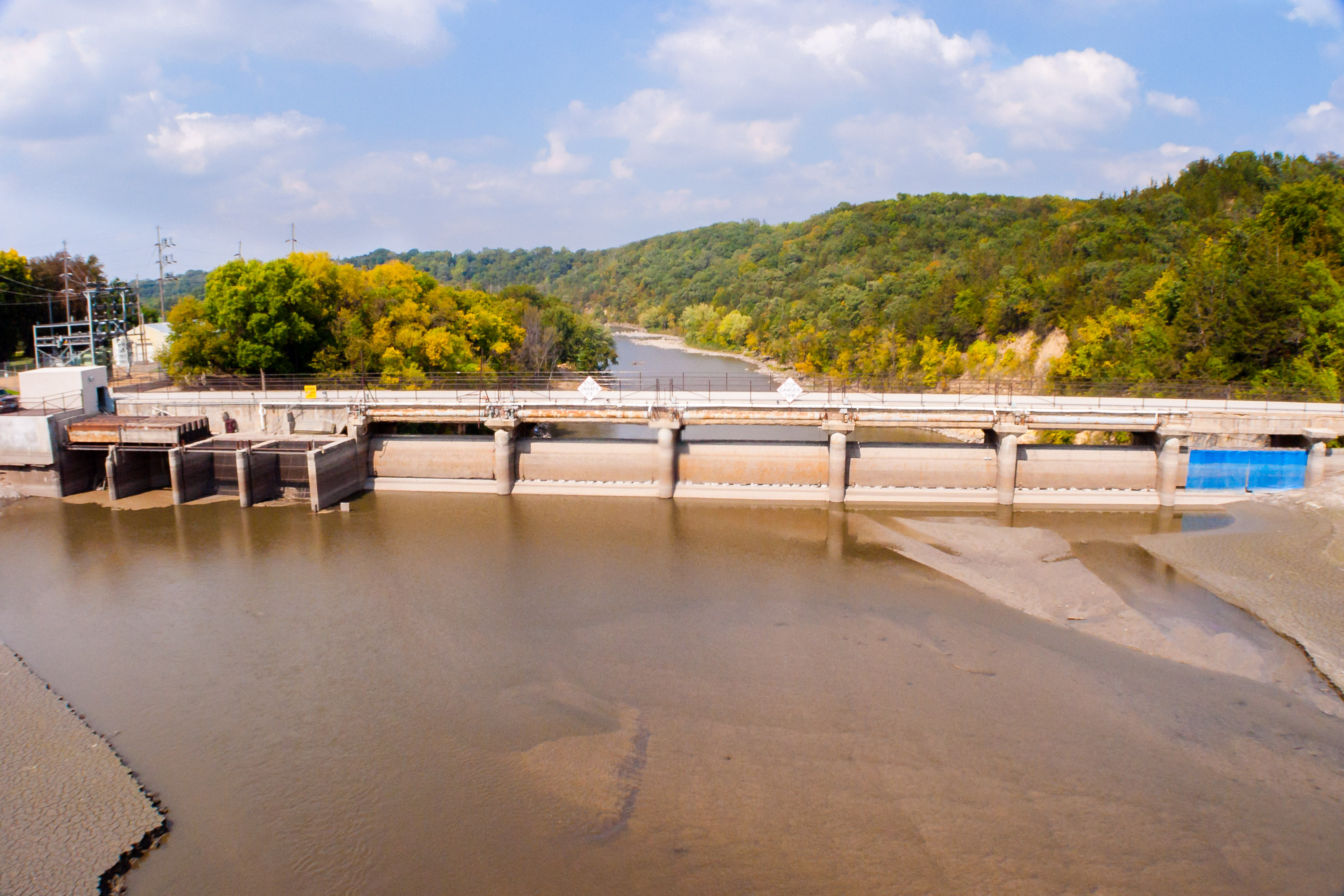Historical Context and Significance
Rapidan dam break – The Rapidan Dam, located in Culpeper County, Virginia, stands as a testament to both the ingenuity and the fragility of human engineering. Constructed in 1910 as part of a hydroelectric power project, the dam’s primary purpose was to harness the power of the Rapidan River to generate electricity for the surrounding region. Its construction brought significant economic benefits to the area, creating jobs and providing a reliable source of energy.
The rapidan dam break, a tragic event that occurred in 1876, is a sobering reminder of the power of nature. Read more about this devastating flood that claimed the lives of over a hundred people and caused widespread destruction.
Construction and Design
The Rapidan Dam was a gravity dam, constructed using concrete and reinforced with steel rods. It spanned 1,100 feet (335 meters) in length and stood 120 feet (37 meters) tall, creating a reservoir with a capacity of 12,000 acre-feet (15 million cubic meters) of water. The dam’s design incorporated state-of-the-art engineering techniques for its time, and it was considered a marvel of modern construction.
The Rapidan Dam break, a tragic event in 1876, brought to light the devastating consequences of dam failures. Similar incidents, like the dam failure in Minnesota , have echoed the importance of robust infrastructure and safety measures. The Rapidan Dam break serves as a poignant reminder of the need for continuous vigilance in maintaining the integrity of these structures.
Collapse and Aftermath
However, tragedy struck on August 20, 1972, when the Rapidan Dam catastrophically collapsed. The failure, attributed to a combination of design flaws, construction defects, and heavy rainfall, sent a torrent of water rushing through the countryside, devastating the surrounding area. The collapse claimed the lives of 35 people, destroyed homes and businesses, and caused widespread damage to infrastructure.
In the tapestry of time, the Rapidan Dam break weaves a poignant tale of nature’s fury. Its torrent of water surged through the verdant valleys, leaving an indelible mark on history. Yet, the question remains: where is this enigmatic dam located?
Where is the Rapidan Dam ? Unraveling its geographical coordinates unveils a poignant narrative of resilience and the enduring power of nature.
Lessons Learned
The Rapidan Dam collapse was a watershed moment in dam safety engineering. The disaster prompted a thorough investigation and led to significant changes in dam design and construction practices. Engineers and policymakers realized the importance of rigorous safety inspections, proper maintenance, and comprehensive emergency response plans. The lessons learned from the Rapidan Dam collapse have helped to prevent similar tragedies in the future.
Impact on the Environment and Community: Rapidan Dam Break

The Rapidan Dam break unleashed a torrent of water that wreaked havoc on the surrounding environment and community. The consequences were both immediate and long-lasting.
Environmental Impact
The dam’s collapse sent a wall of water crashing downstream, scouring the riverbed and destroying riparian vegetation. The loss of vegetation led to increased erosion, sedimentation, and turbidity, impairing water quality and affecting aquatic life. Fish populations were decimated, and the river’s ecosystem was severely disrupted.
The dam’s collapse also released a large amount of sediment into the river, which was carried downstream and deposited in downstream areas. This sediment smothered aquatic life and altered the river’s morphology, creating new sandbars and islands.
Community Impact
The Rapidan Dam break caused widespread displacement and property damage in the local community. Homes and businesses were destroyed, and roads and bridges were washed away. The sudden release of water caught many residents by surprise, leaving them with little time to evacuate.
The economic losses from the dam break were significant. Businesses were forced to close, and tourism was disrupted. The cost of repairing the damage and rebuilding the infrastructure was substantial.
In addition to the physical and economic impacts, the dam break also had a profound psychological impact on the community. Many residents lost their homes, belongings, and sense of security. The disaster left a lasting scar on the community, and it took years for the area to recover.
Engineering and Structural Analysis

The Rapidan Dam, designed by the United States Army Corps of Engineers, was a concrete gravity dam constructed between 1912 and 1915. The dam’s design incorporated several innovative features, including a curved profile to increase its stability against water pressure and a hollow interior to reduce the amount of concrete required. However, the dam’s design also had several flaws that ultimately contributed to its collapse.
One of the most significant flaws in the Rapidan Dam’s design was the use of a single, central spillway. This design concentrated the flow of water over a small area, which eroded the dam’s foundation and weakened its structure. Additionally, the spillway was not equipped with a stilling basin, which would have helped to dissipate the energy of the water and prevent further erosion.
Foundation Conditions
The Rapidan Dam was built on a foundation of weak and porous sandstone. This foundation was not able to adequately support the weight of the dam, and it began to settle and crack under the pressure of the water. The settlement of the foundation also caused the dam’s walls to bow outward, which further weakened the structure.
Construction Flaws, Rapidan dam break
The construction of the Rapidan Dam was also flawed. The concrete used in the dam was not of a high quality, and it contained many voids and imperfections. These voids and imperfections weakened the dam’s structure and made it more susceptible to failure.
Engineering Lessons Learned
The collapse of the Rapidan Dam taught engineers several important lessons about dam design and construction. These lessons have been incorporated into the design and construction of subsequent dams, and they have helped to prevent similar failures from occurring.
- The importance of using multiple spillways to distribute the flow of water and prevent erosion.
- The importance of equipping spillways with stilling basins to dissipate the energy of the water.
- The importance of using a strong and durable foundation for dams.
- The importance of carefully inspecting and maintaining dams to identify and repair any potential problems.
The rapidan dam break unleashed a torrent of water that flooded the surrounding area, causing widespread damage and loss of life. The rapidan dam flooding had a devastating impact on the local community, and the scars of the disaster can still be seen today.
The rapidan dam break serves as a reminder of the importance of dam safety and the need to be prepared for such events.
The cataclysmic breach of the Rapidan Dam sent a torrent of water crashing through the surrounding countryside, leaving a trail of devastation in its wake. The once-tranquil waters now raged through Blue Earth County , sweeping away homes, businesses, and livelihoods.
The aftermath of the dam break would forever etch itself into the collective memory of the region, a poignant reminder of the destructive power of nature unleashed.